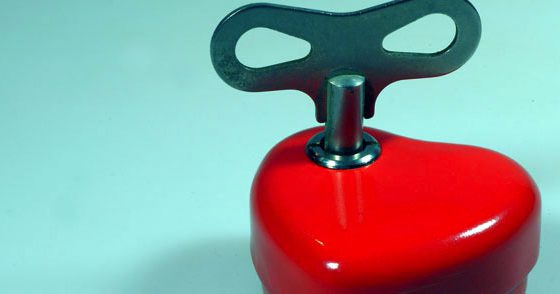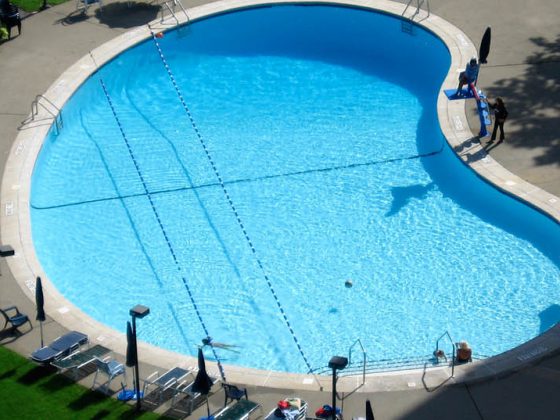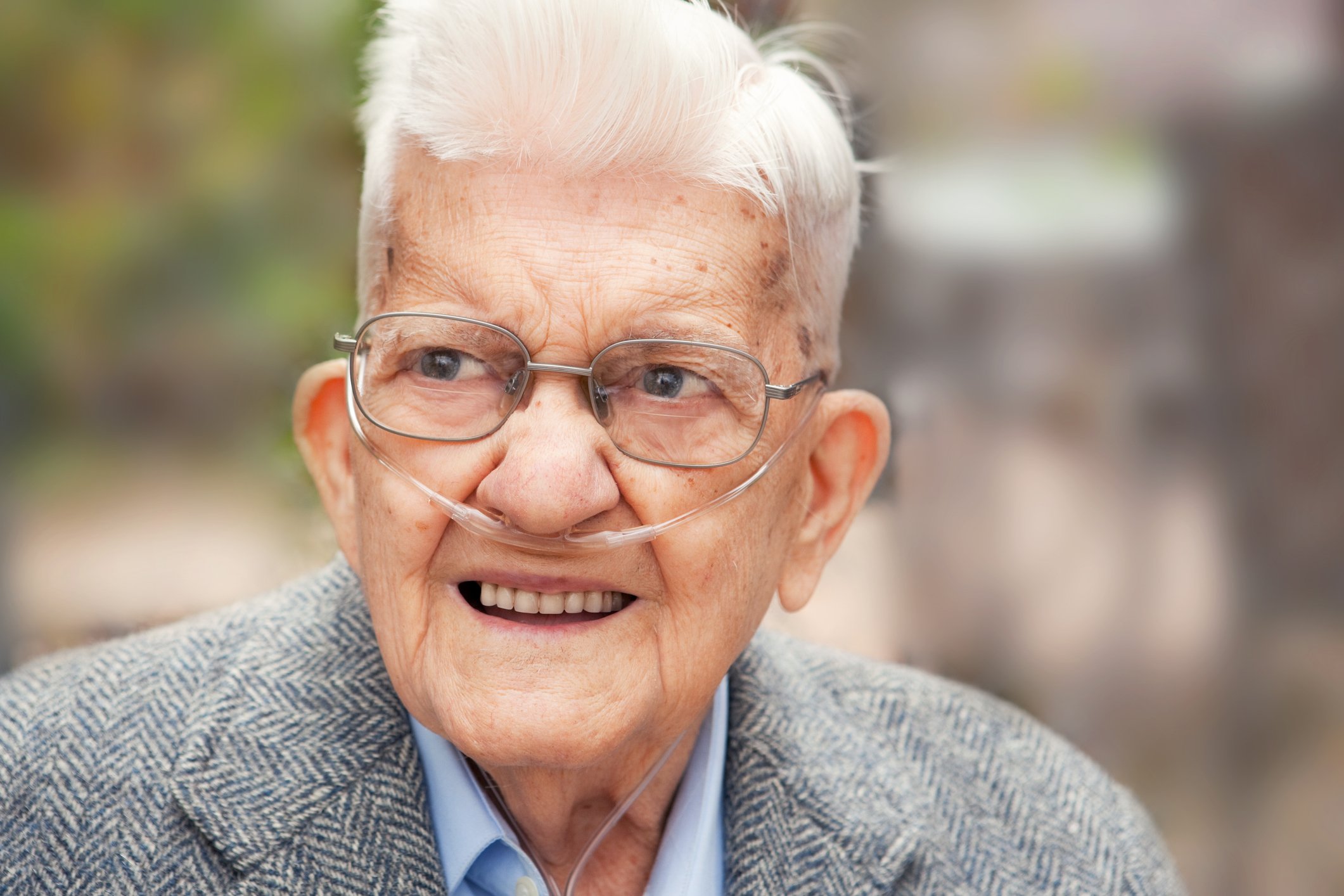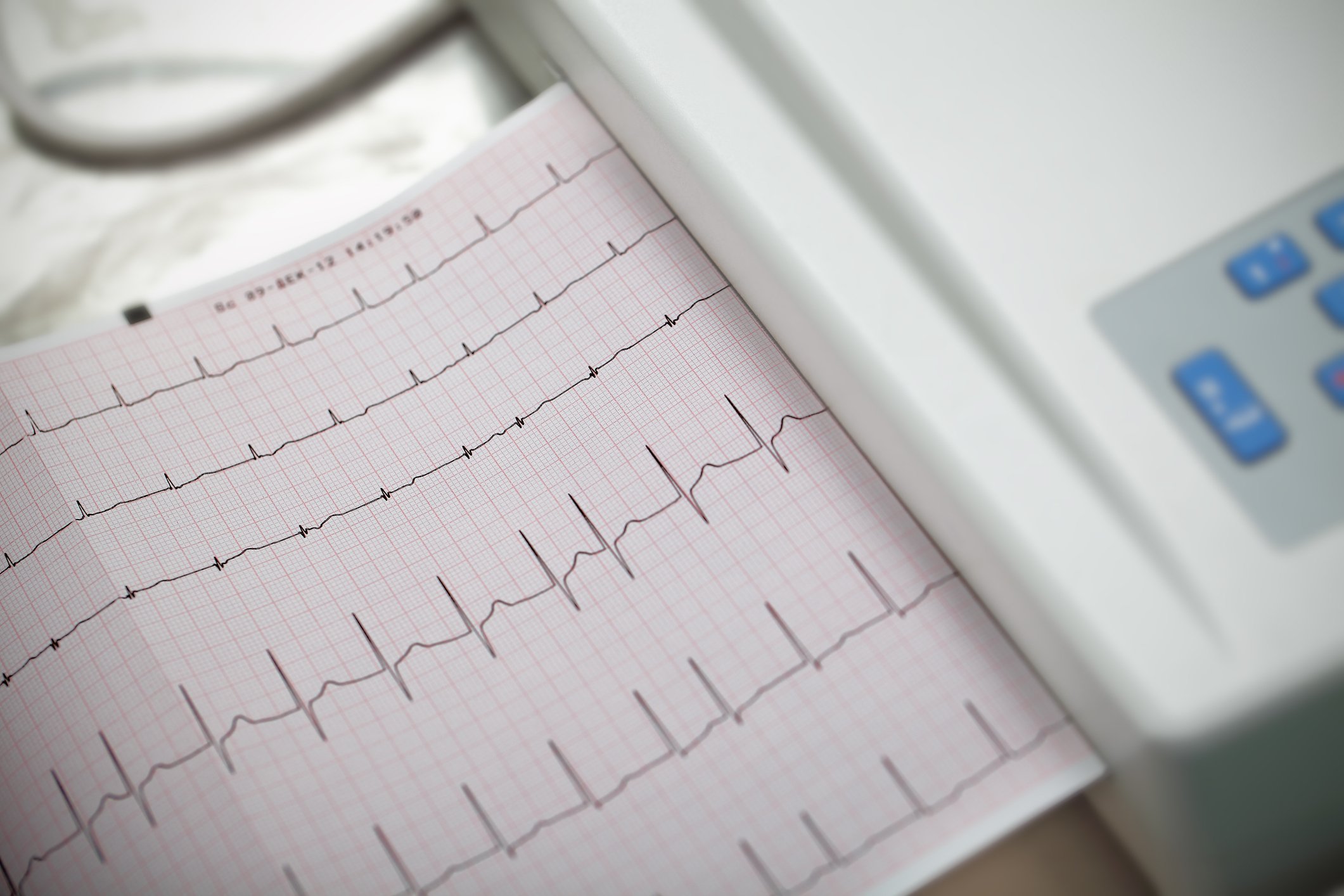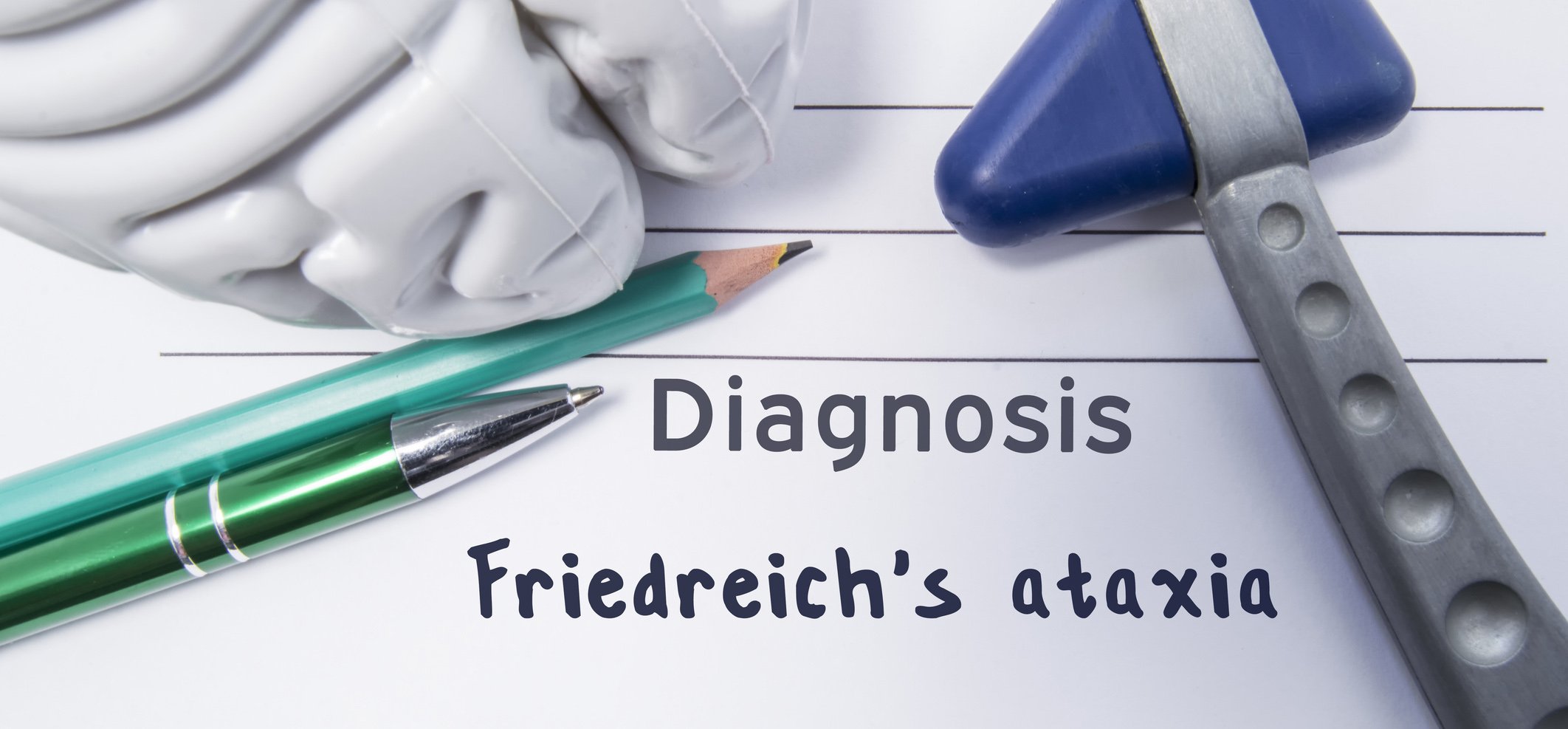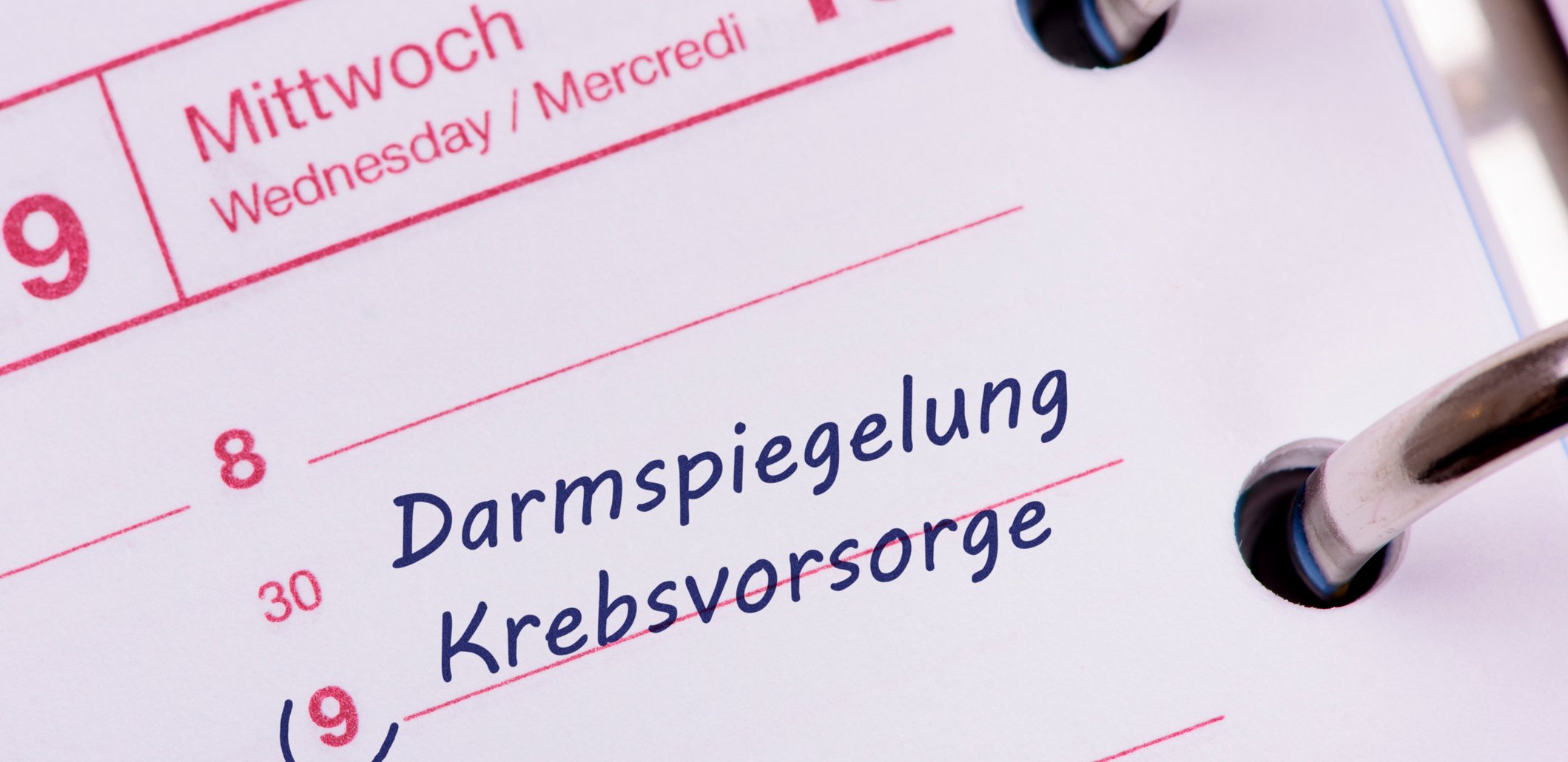A new extrapolation on the ARUBA trial shows that the benefit of simple drug therapy over intervention in patients with asymptomatic arteriovenous malformations may last much longer than originally thought.
(ag) Cerebral arteriovenous malformations (AVM) used to be diagnosed mostly after cerebral hemorrhage, as this is one of the most important complications. Due to the progress of imaging techniques, it is becoming more and more common today to come across coincidental or on an MRI or computed tomography scan performed for other reasons for AVM. The question then arises whether asymptomatic malformations should be treated preventively. Finally, they carry a high risk of cerebral hemorrhage (according to retrospective studies, the annual risk of hemorrhage is up to 4%). Possible interventions include surgery (resection), treatment by catheter (embolization), or radiation therapy. This is to reduce the risk of bleeding. However, these procedures are very difficult and risky.
Thus, in a randomized, non-blinded trial, the so-called ARUBA Trial [1], published in the Lancet, the aim was to compare the benefit of drug therapy alone with that of interventional plus drug treatment. Intervention could include neurosurgery, embolization, or stereotactic radiotherapy, alone or in combination. Pharmacologic treatment was based on neurologic symptoms and used only when needed.
The first patient was enrolled in the study in April 2007. In mid-April 2013, ARUBA was stopped by its sponsor, the National Institute of Neurological Disorders and Stroke. At this point, 223 of the planned 400 patients had already been enrolled in the study. An interim analysis had shown that drug therapy alone was significantly superior to interventions. There was an unmistakable difference in the primary endpoint of the study (risk of death or stroke): The pharmacological arm had a significantly lower risk of such events compared with the intervention arm.
Hypothetical model shows possible long-term results
Prof. Michael K. Parides, MD, New York, presented extrapolated follow-up data at this year’s European Stroke Conference. Follow-up on the 223 included patients averaged 33 months. After the trial ended in 2013, the study leaders decided to follow up the patients for another five years. This was not least because many noted that it is in the nature of interventions to always be riskier in the short term, but that the long-term benefit could therefore still be as good as or even greater than medication alone. The originally scheduled observation period was not sufficient for conclusive statements. “That’s a perfectly reasonable objection,” the expert said.
In the meantime, until the data from the prolonged follow-up can be evaluated, Prof. Parides and his colleagues were concerned with creating a computational model that predicts the benefit of drug-only therapy over a longer period of time. Its projections are based on the following two assumptions:
- He extrapolated the risk data of drug therapy supported by the study to future events. In doing so, he assumed a constant risk. This is based on the assumption that the observed values are accurate and representative for a natural further course.
- For the other group, the intervention arm, he hypothesized that no new events would occur after the end of the study (which is clearly beneficial for this arm).
This model can be used to determine how long it takes to achieve the same magnitude of benefit in the intervention arm as in the extrapolated drug arm.
What came out?
“The data from the ARUBA follow-up are limited. However, if we follow our projections, it is quite clear that the advantage of drug-only therapy over intervention is maintained for a very long time – probably, at least our data show, over 12-30 years. During this entire time, even assuming no new events, the intervention is still inferior to drug therapy. Only after a good 20 years do the two arms touch. If we assume that the intervention arm was highly favored in our calculation – because of course there will be such events in this group as well – then, to remain realistic, we can add up another good ten years,” the speaker said. In the future, too, the indication for an intervention will therefore have to be made very cautiously, in accordance with the principle “less is more”.
Source: 23rd European Stroke Conference, May 6-9, 2014, Nice.
Literature:
- Mohr JP, et al: Medical management with or without interventional therapy for unruptured brain arteriovenous malformations (ARUBA): a multicentre, non-blinded, randomised trial. Lancet 2014; 383(9917): 614-621.
CARDIOVASC 2014; 13(4): 21-22



